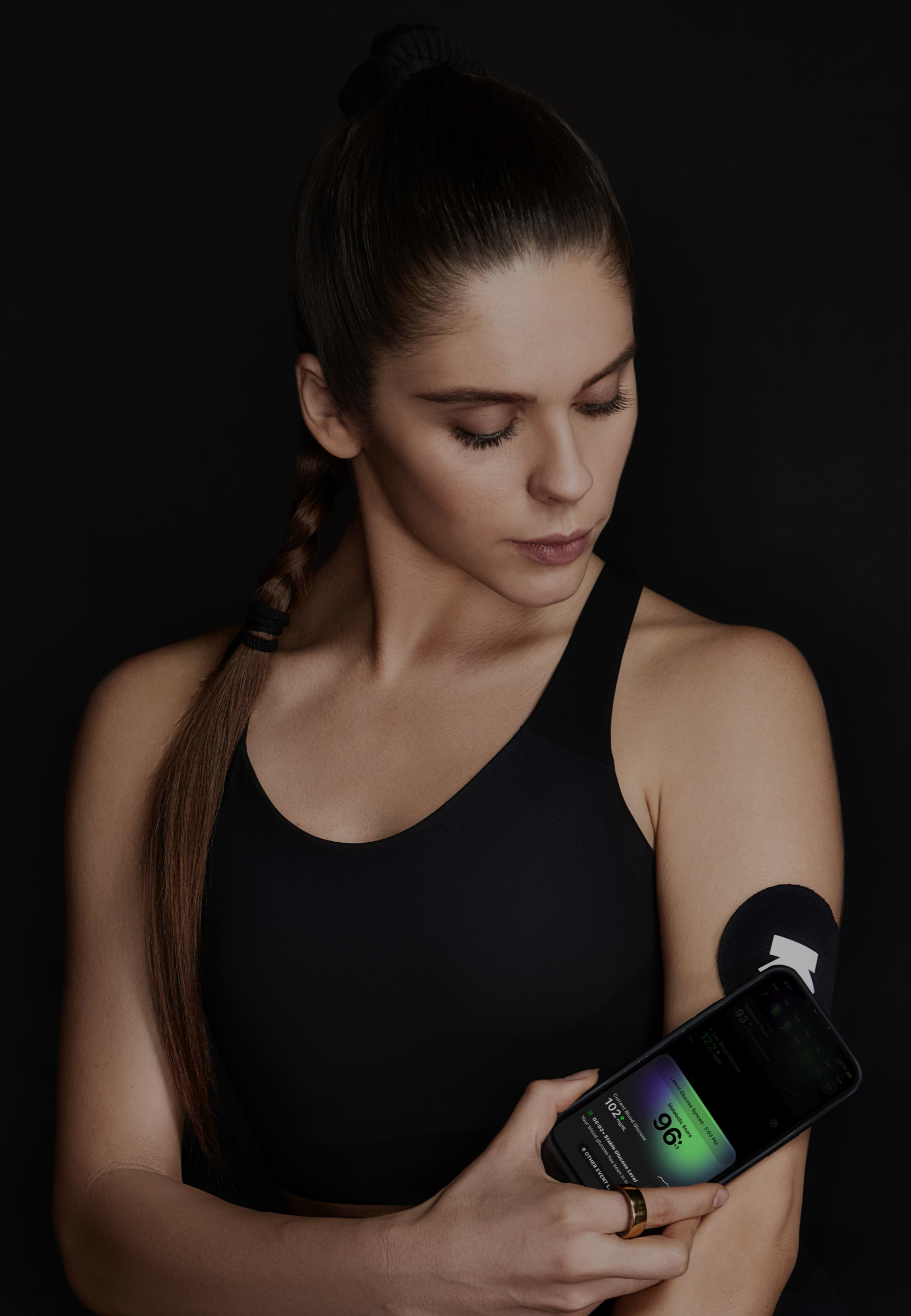
Vegetable Biryani (1 Cup) and English Cucumber Raita (100 G)
Lunch
100 mg/dL
avg. peak value
Usually causes a medium spike
Avg. Food Score on Ultrahuman App
Ultrahuman Users got a STABLE response
How to consume english cucumber raita, vegetable biryani without glucose spikes
Portion Control
Reduce the portion size of the vegetable biryani to manage the intake of carbohydrates, which can help limit glucose spikes.
Add Protein
Incorporate a protein source such as grilled chicken, tofu, or chickpeas alongside your meal to slow down the absorption of carbohydrates.
Include Healthy Fats
Add a small serving of nuts or seeds, such as almonds or chia seeds, to your meal to help stabilize blood sugar levels.
Increase Fiber
Enhance the fiber content by adding more non-starchy vegetables like spinach or bell peppers to the biryani, which can help slow down glucose absorption.
Hydrate Adequately
Drink plenty of water before and during your meal to help manage digestion and metabolism.
Add Vinegar or Lemon
Include a splash of vinegar or a squeeze of lemon juice in your raita or biryani, which may help moderate blood sugar levels.
Timing of Meals
Spread out your meals throughout the day to avoid consuming a large amount of carbohydrates at once, which can help manage blood glucose levels.
Physical Activity
Engage in light physical activity, like a short walk, after your meal to help utilize the glucose in your bloodstream.
Mindful Eating
Eat slowly and mindfully to better regulate your hunger signals and allow your body to process the food more efficiently.
Modify Biryani Recipe
Use lower-carbohydrate rice options, like cauliflower rice, to reduce the carbohydrate content of the biryani.

Find Glucose response for your favourite foods
Explore OGDbDiscover
metabolic
health with M1
Ultrahuman M1 helps you measure the impact of food and activity on your body in real time through glucose as a biomarker.
Explore Ultrahuman M1Your cart is empty
Browse through our products and find something for you.
